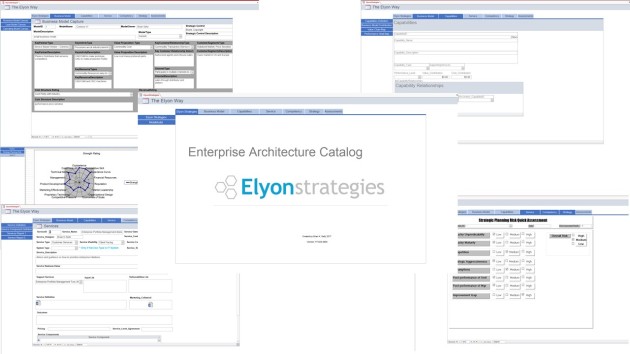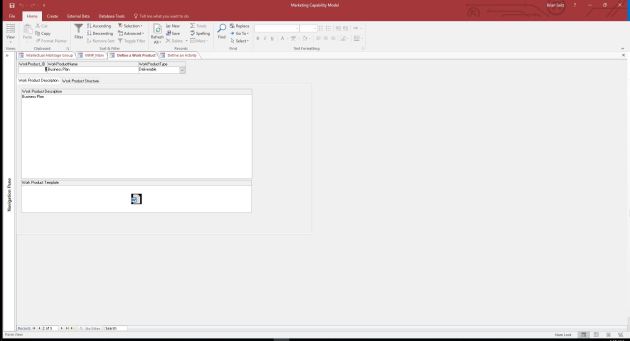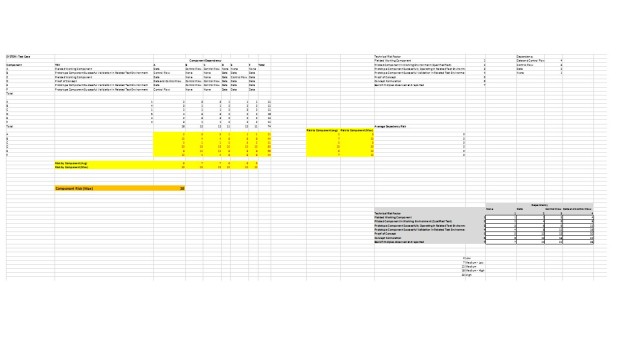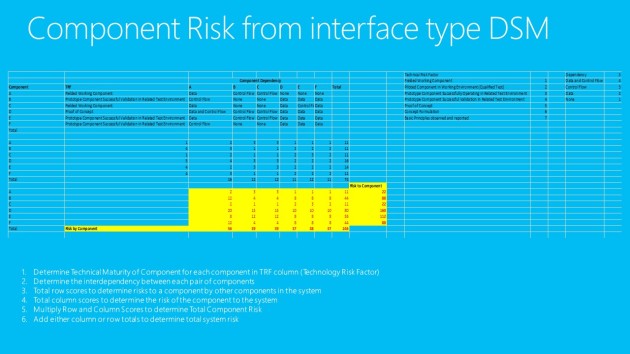A while back the model was there was a market for just 10 mainframes worldwide, or so the quote goes. The in order for a corporation to join the big boys, you needed your own. Decades later I’ve the equivalent of a S/360 processing power in my pocket. If one follows the technology generations: On-Prem. Mainframe; Department Minis; Timeshare; PCs; Client-Server; then Internet, Now Cloud. There is always a new technology on the horizon (e.g., quantum computing) that will solve the worlds problems and put the kids to bed on time or so the marketing hype goes.
I’m neither a fan-boy or luddite when it comes to new technology. I believe I’m a pragmatist. I’ve a set of simple rules when it comes to acquisition and holding onto technology:
- Explore and examine, but do not commit till conditions point to such
- When exploring the technology, examine both the technological aspects:
- does it add new capabilities
- Is it stable (mature enough, reliable enough, has enough market share to continue a reasonable lifespan)
- and business application:
- does that new capability add something to my business
- Reach to customers or markets
- Improve customer relationships
- Allow me to do something new for customer or improve my operations
- or reduce costs and risks
Which brings me to the latest R&D I’ve been conducting over the past few decades that fits into my larger research project of creating a CAD/CAM system for Enterprise Design, Construction, Operations, and Remodeling. That latest research has been all about the overlap between business and technology strategy. This is something my mentor John Zachman had started decades ago. By now I can imagine several people’s eyes rolling. “Zachman Framework!, that so yesterday…” However, those that have seen the decades of methodology hype go by know that the Ontology expressed in the Framework still is relevant. Its just not the “silver bullet” everyone wants. It takes some work to understand that the views defined in the Framework are there for a reason: To understand the various aspects of an abstract entity, Enterprise, to be manifested.
Given the hype and technology priesthoods that have developed around various methodologies: TOGAF, DODAF, SAFe, BPMN, etc.. I will not enter into the fray, other than to say these all have some aspect of utility and all address some dimensions in the Zachman Framework.
Back to Cloud and business/technology strategy: As of late business models or various levels of business models (Campbell’s Operation Model Canvas**) are become more mature from decades ago and starting to reach across to technology or rather technology has been identified as an enabler to business strategy. With that as an underpinning to this post. I post the real question around Cloud and Cloud Hype:
The real issue is how or should you take advantage of such. If you’re just switching technology to “modernize” that’s fine. If the cost of maintenance or business continuity risk due to end of life is a significant threat changing technologies is a simple model (i.e., you’re replacing you car because you can’t get anything more out of your Model T). That does suggest however, it will be running business as usual.
That, in my opinion, is short sighted as few businesses are in an environment that enables that. Today business as unusual is the norm. There is so much volatility and change going on in the space we call enterprise that operating a business is now more an effort of managing complexity and change than executing a simple production line was twenty or thirty years ago. As such prior to committing to such a change it behooves Executives to ask the questions beyond the easy just replace On-Premise with On-Cloud for a supposed cost saving, how will I exploit the technology to improve my business besides just keep it operating another day? As well as ask what are the trade-offs I make with such choices:
- Dependencies/Risks on a service provider
- Will they be around tomorrow
- Will the service change
- Besides Security and Data Ownership, can I extract such to a new provider should I decide to
- Will/Can I integrate a broad spectrum of services together (primary vendor and others) with moderate or less effort, or is it really a closed system
- How long will it take to covert? Will the conversion take more time than the technology is likely to be in place
The thing I tell my clients continually, there is no free lunch, there are always trader-offs. Some immediately, Some during an event, and Some eventually (i.e., in the future). It is up to your executive team, not the technology providers or operators within the company, to understand these implications and impacts. -And if your team does not have the confidence in making these decisions get a Business – Technology Strategy Consulting firm to assist. This is not a technology strategy consulting firm (i.e., how to install, configure, and operate), but one that focuses on how-to use the technology for business as well as what are its implications to the business.
**full disclosure I’m working with Andrew Campbell on a tool suite to evaluate Operating Models similar to the evaluation tool suite I built for the Business Model Canvas community







